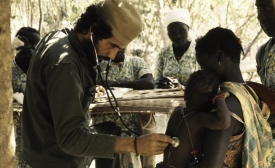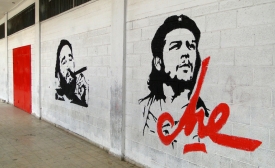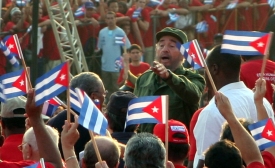fidel castro

A look into Cuba's early public diplomacy efforts that shaped the country's global image.

Thought leaders can serve as cultural ambassadors, as Norberto Fuentes has for Cuba. How can the U.S. follow suit to develop soft power?
Cuba has emerged an unlikely victor in health care. The Cuban Revolution served as a catalyst for improved medical services and universal treatment on the island. Although Fidel Castro’s vision for a Cuba mejor stemmed from his political mantra, the country’s most successful social program can ultimately be credited to the medical training of former revolutionary Che Guevara.

A look back at the legacy of Castro's leadership on U.S. - Cuban relations.
Fidel Castro is now a relic of the past. Cuba’s communist government will mourn him, erect a statue in his honor and dedicate a plaza in his name for the contributions he made to the revolution. And we won’t be waiting until the Malecón dries — which is to say forever — to see how the outcome of the 2016 U.S. presidential election changes the course of U.S.-Cuban relations.
President Obama starts his first full day in Cuba on Monday in the Plaza of the Revolution, where Fidel Castro once delivered stem-winding speeches denouncing U.S. imperialism. Obama’s presence there, to lay a wreath at the monument to 19th century Cuban independence hero José Martí, underscores the remarkable nature of his visit.
The correction was delivered with a smirk: “Trienal.” [...] When the Havana Biennial was founded in 1984, it was set up, like much of the Castro government’s internationalist initiatives up to that point, as a Latin American rejoinder to the Anglo-European — or imperialist — skew of global culture. The second biennial expanded its reach to Asia and Africa, and by the third, in 1989, this focus was articulated theoretically, with landmark texts on “Third World aesthetics” published in the official catalogue that have since become part of the art historical canon.







